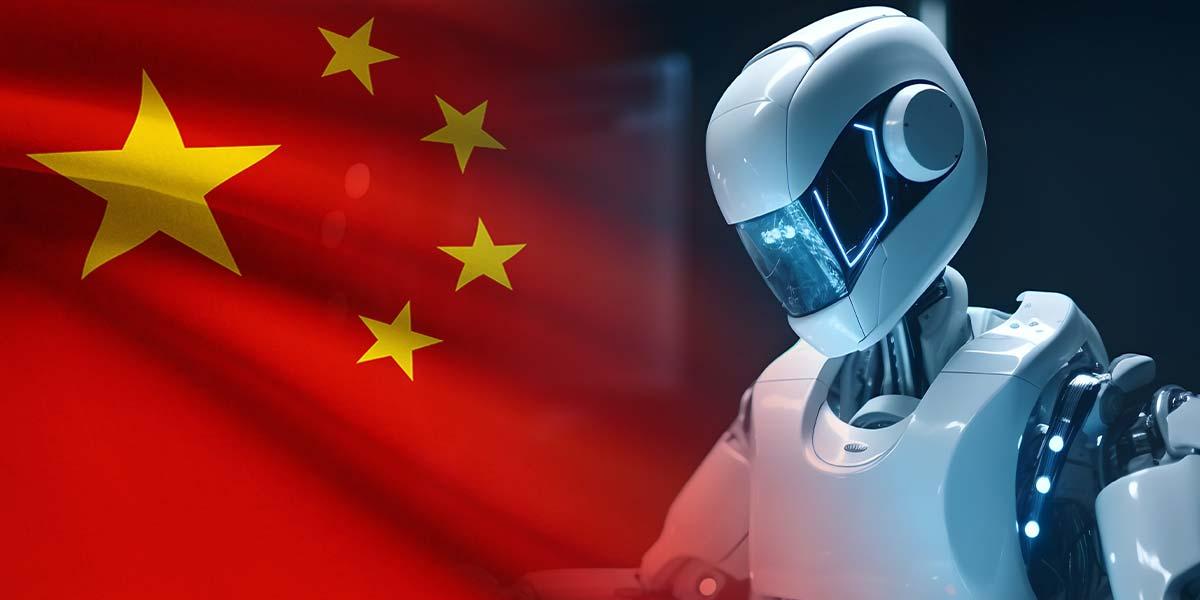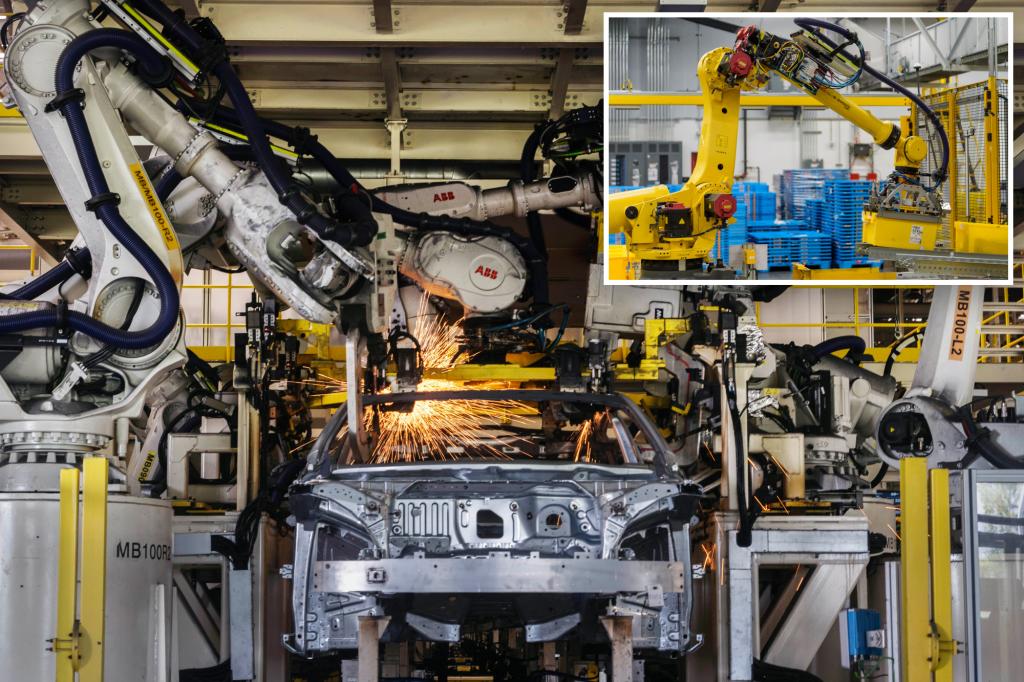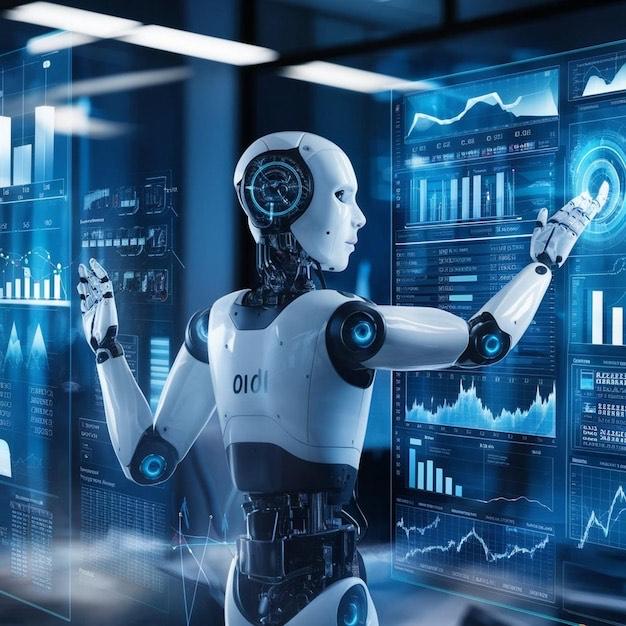
China's Unstoppable Force: Manufacturing Automation Revolution
In the ever-evolving landscape of global manufacturing, China has emerged as the unchallenged titan of automation, establishing an unparalleled dominance that reshapes the very foundation of industrial production worldwide. New data reveals a staggering reality: China's factories are humming with nearly 10 times as many robots as those in the United States, demonstrating an aggressive push towards automation that has left the global community scrambling to respond.
The numbers tell a compelling story of technological transformation. Last year alone, China installed a record-breaking 295,000 industrial robots—the largest annual total ever recorded in manufacturing history. This represents more than half of the 500,000 industrial robots deployed globally, with a whopping 54% finding their new home on Chinese soil. In stark contrast, the United States managed to install merely 34,200 robots, marking a 9% decrease from the previous year and highlighting the growing technological divide between these manufacturing giants.
This robotic revolution has propelled China's total industrial robot population beyond 2 million units, with industry experts projecting robust annual growth of 10% through 2028. The International Federation of Robotics anticipates that by 2028, China could be installing as many as 700,000 units annually, despite challenging geopolitical and economic conditions that continue to impact global trade relationships.
The Financial Engine Behind the Revolution
What fuels this explosive growth in automation? The answer lies in Beijing's strategic financial commitment—a remarkable $1.9 trillion in state-directed industrial lending that represents one of the most ambitious manufacturing investment programs in modern history. This massive capital injection represents a calculated pivot from real estate speculation into the tangible realm of factory enhancement and technological advancement.
This financial juggernaut is systematically reengineering China's manufacturing landscape, with new facilities rising like sentinels across the industrial skyline while existing plants undergo comprehensive robotic transformations. The strategy exemplifies China's unwavering commitment to dominating global manufacturing through technological superiority rather than traditional competitive advantages.
Real-world examples of this transformation abound throughout Chinese industry. At ZEEKR's electric car manufacturing plant in Ningbo, the robotic workforce has expanded dramatically from 500 to 820 units in just four years, demonstrating the rapid pace of automation adoption. Meanwhile, technology giant Huawei has established a sprawling Shanghai research facility housing 35,000 engineers, underscoring the nation's comprehensive approach to technological advancement that extends far beyond simple robot installation.
Global Market Disruption and Economic Implications
This relentless pursuit of automation extends far beyond technological enthusiasm—it represents a fundamental disruption to the established global economic order. As China's robot-enhanced factories flood international markets with competitively priced goods, manufacturers across Europe, the Americas, and Asia face unprecedented challenges that threaten their very survival.
Former US Trade Representative Katherine Tai has aptly described this phenomenon as a "tsunami headed for everyone," emphasizing the existential threat posed to factory operations and employment worldwide. The competitive pressure from China's automated manufacturing capacity is already forcing factory closures and workforce reductions across multiple continents, fundamentally altering the global employment landscape.
The strategic implications are profound. China now controls almost a third of worldwide manufacturing capacity, a position strengthened daily by continued robotic deployment and technological advancement. Meanwhile, domestic Chinese suppliers have claimed a commanding 57% of their home market, displacing international competitors and creating a self-reinforcing cycle of technological independence.
International Response and Trade Tensions
The global response to China's automation surge has been swift and increasingly defensive. Policymakers worldwide are scrambling to protect domestic industries through unprecedented trade barriers and tariff implementations. The United States has imposed tariffs reaching as high as 125% on specific Chinese imports, while European and Latin American nations implement their own protective measures.
However, these defensive strategies face significant challenges in countering the fundamental cost advantages created by China's robotic workforce. Traditional trade protection mechanisms struggle against competitors whose production costs have been systematically reduced through comprehensive automation rather than conventional labor or resource advantages.
The situation has created a complex web of international tensions, as nations attempt to balance the benefits of accessing competitively priced Chinese goods against the need to protect domestic manufacturing jobs and industrial capacity. This balance becomes increasingly difficult as China's automation advantages compound over time.
Future Implications and Industrial Transformation
China's automation leadership signals a transformative shift in how goods are conceived, produced, and distributed globally. This technological revolution extends beyond simple efficiency gains to encompass fundamental changes in industrial organization, supply chain management, and international competitive dynamics.
The implications for global policymakers and business leaders are stark and immediate. Nations must rapidly develop comprehensive strategies for competing in an increasingly automated global economy or risk permanent displacement from key manufacturing sectors. The traditional advantages of low labor costs or proximity to resources become less relevant when competitors achieve dramatic productivity gains through robotic automation.
As we witness this unprecedented transformation, China's strategic automation investments are actively redefining the rules of global manufacturing. This forces industries and governments across continents to fundamentally rethink their approaches to international trade, industrial policy, and economic development in an age where technological capability increasingly determines competitive advantage.
The robotic revolution represents more than industrial modernization—it embodies a comprehensive reimagining of manufacturing's role in national economic strategy. China's success in this domain serves as both inspiration and warning for nations worldwide, demonstrating the transformative power of sustained technological investment while highlighting the competitive risks facing those who fail to adapt to this new industrial reality.







